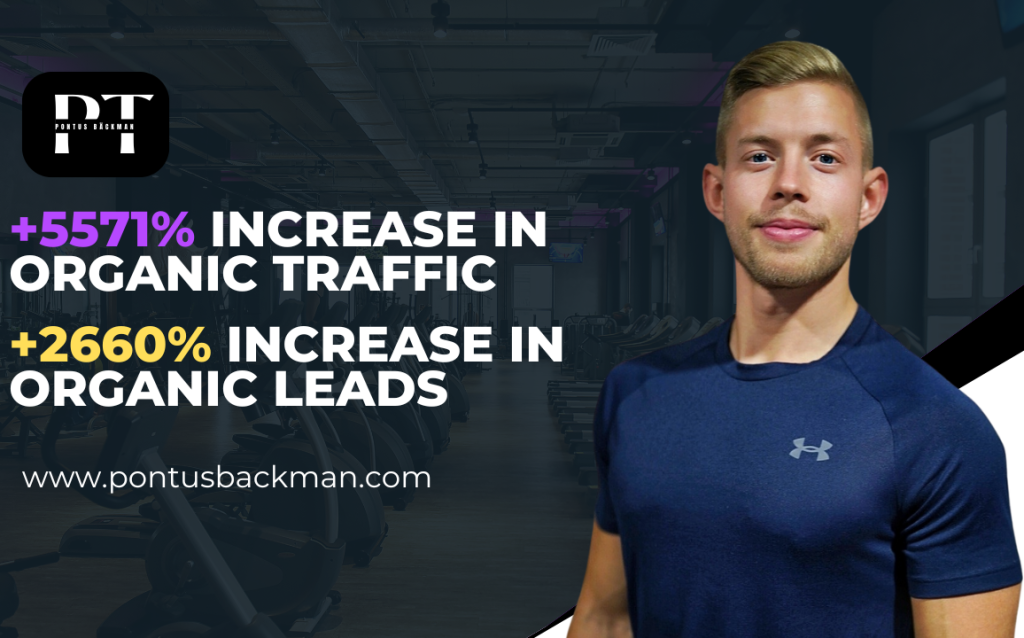Crawling and indexing are two distinct processes that work together to help search engines discover and store your website content. Crawling is when search engine bots scan your website, while indexing is when they decide to store that content in their database for potential search results. Understanding both processes helps you optimise your website’s visibility and troubleshoot common SEO issues that might prevent your pages from appearing in search results.
What exactly is crawling in SEO and how does it work?
Web crawling is the process where search engine bots, like Googlebot, systematically browse the internet to discover and scan website content. These automated programmes follow links from page to page, reading HTML code, images, and other elements to understand what each page contains.
Think of crawlers as digital librarians who walk through every aisle of the internet’s vast library. They start with known websites and follow every link they find, creating a map of connected pages. When a crawler visits your site, it examines your content, follows your internal links, and notes any external links pointing elsewhere.
The crawling process happens continuously, with search engines revisiting websites at different frequencies based on factors like how often you update content and your site’s overall authority. Fresh, regularly updated websites typically get crawled more frequently than static sites that rarely change.
Your website’s technical structure significantly affects how easily crawlers can navigate your content. Clean URL structures, fast loading times, and proper internal linking help crawlers move efficiently through your pages. When you publish new content or update existing pages, crawlers need to discover these changes before they can appear in search results.
What is indexing and why does it matter for search rankings?
Indexing occurs when search engines analyse crawled content and decide to store it in their massive database for potential inclusion in search results. Being indexed means your page is eligible to appear when someone searches for relevant terms, making it a crucial step for search visibility.
During indexing, search engines evaluate your content’s quality, relevance, and uniqueness. They categorise information, identify key topics, and determine what search queries your page might answer. This process involves sophisticated algorithms that assess factors like content depth, user experience signals, and topical authority.
The difference between crawling and indexing is significant for your SEO success. A page can be crawled but not indexed if search engines determine it doesn’t meet their quality standards or provides little unique value. Only indexed pages can potentially rank in search results and drive organic traffic to your website.
Modern search engines also consider entity-based SEO during indexing, where they identify and understand the relationships between different concepts, people, places, and topics mentioned in your content. This helps them better match your pages to relevant search queries and improve the accuracy of search results.
What’s the key difference between crawling and indexing?
Crawling is discovery and scanning, while indexing is evaluation and storage for potential search results. Crawling happens when bots visit your page, but indexing only occurs when search engines decide your content is worth including in their database.
The timeline between these processes can vary significantly. Crawling might happen within hours or days of publishing new content, especially if you have good internal linking and submit updated sitemaps. However, indexing can take longer as search engines need time to evaluate content quality and determine its place within their vast information ecosystem.
You can think of crawling as taking a photograph of your webpage, while indexing is like deciding whether that photograph deserves a place in a carefully curated art gallery. The crawler captures what’s there, but the indexing process makes quality judgements about whether the content merits inclusion in search results.
These processes work together in a continuous cycle. Regular crawling helps search engines discover content updates, while ongoing indexing decisions determine which pages remain eligible for search visibility. Understanding this relationship helps you optimise for both discovery and long-term search performance.
Why might a page be crawled but not indexed?
Pages frequently get crawled but remain unindexed due to content quality issues, technical barriers, or search engine policy violations. Common reasons include thin content, duplicate information, poor user experience signals, or technical problems that prevent proper evaluation.
Content quality plays a major role in indexing decisions. Pages with minimal text, repetitive information, or little unique value often get crawled but rejected for indexing. Search engines prioritise content that provides genuine value to users, so superficial or low-effort pages typically don’t make the cut.
Technical issues can also prevent indexing even when crawling occurs successfully. Problems like slow loading speeds, mobile usability issues, or broken page elements signal poor user experience. Additionally, crawl budget limitations mean search engines might not thoroughly evaluate every page they discover, particularly on larger websites.
Duplicate content presents another common indexing barrier. If search engines determine your page contains substantially similar information to existing indexed content, they may choose not to include it in their database. This includes both internal duplication within your site and similarity to content on other websites.
How can you check if your pages are being crawled and indexed?
Google Search Console provides the most reliable method for monitoring both crawling and indexing status. The Index Coverage report shows which pages are indexed, crawled but not indexed, or experiencing technical issues that prevent proper processing.
You can also use simple site: searches in Google to check indexing status. Type “site:yourwebsite.com” followed by a specific page URL to see if that page appears in search results. If it doesn’t show up, the page likely isn’t indexed, even if it’s been crawled.
The Crawl Stats section in Search Console reveals how frequently Google visits your website and whether crawlers encounter any technical problems. This information helps you identify patterns in crawling behaviour and spot potential issues affecting your site’s discoverability.
Regular monitoring of these reports helps you catch indexing problems early and take corrective action. Pay particular attention to pages marked as “Crawled but not indexed” or “Discovered but not crawled,” as these indicate opportunities for improvement in your SEO strategy.
What can you do to improve both crawling and indexing?
Technical improvements like XML sitemaps, fast loading speeds, and clean internal linking enhance crawling efficiency, while high-quality, unique content and good user experience signals improve indexing success rates.
Start with technical foundations that make crawling easier. Ensure your website loads quickly, works well on mobile devices, and has clear navigation structures. Submit updated XML sitemaps to help search engines discover new and changed content more efficiently. Fix broken links and eliminate crawl errors that might prevent bots from accessing your pages.
For better indexing results, focus on creating substantial, unique content that provides genuine value to your audience. Each page should target specific topics or questions with comprehensive, well-researched information. Avoid thin content and ensure every page has a clear purpose and unique value proposition.
AI-powered tools can help streamline the process of creating optimised content ideas and keyword-focused titles that improve both crawling efficiency and indexing success. When you consistently publish valuable content with proper technical implementation, you create a positive cycle where search engines crawl your site more frequently and index more of your pages.
Remember that entity-based SEO principles can strengthen your indexing success by helping search engines better understand your content’s context and relevance. Focus on building topical authority around specific subjects rather than creating scattered, unrelated content across your website.






